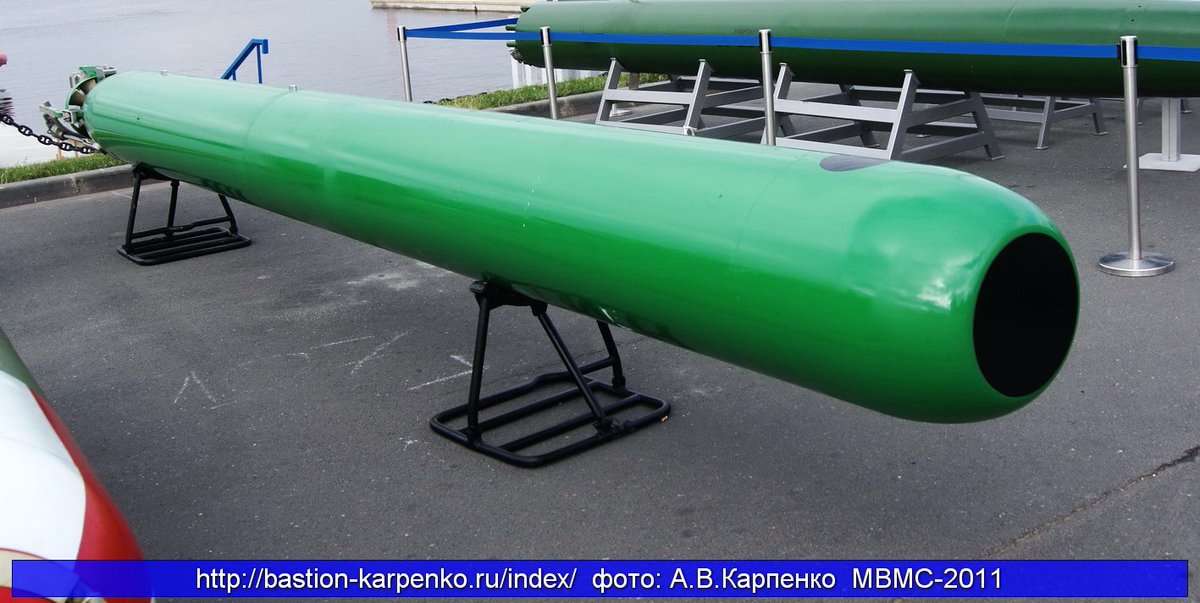Yasen K560 Submarine, Severodvinsk
https://sputniknews.com/military/201703201051764408-yasen-submarines-virginia-class/
the Russian sub has a crew of 64 sailors compared to 120 for the USS Illinois. The Russian nuclear-powered subsurface ship is capable of operating at a maximum depth of 600 meters (1968 feet), while the Illinois can dive to a maximum depth of 450 meters (nearly 1480 feet). Although both can travel at comparable speeds, the Yasen class is reported to be more self-sustainable.
Ruslan Pukhov, who heads the Center for Analysis of Strategies and Technologies, said that the Yasen-class is also better armed that its American counterpart. The Yasen class can be outfitted with either 32 Oniks supersonic anti-ship cruise missiles or 40 Kalibr-PL anti-ship, anti-submarine and land attack cruise missiles.
"the Yasen class is expected to receive sea-based cruise missiles with a range of 5,500 kilometers, double the range of the latest version of the Tomahawk," Gazeta.ru observed.
The
Yasen class is expected to become the backbone of the Russian Navy. Severodvinsk, the first Yasen-class sub, entered service in June 2014 and was assigned to Russia's Northern Fleet. The second Yasen-class submarine, dubbed Kazan, will be the first watercraft of the improved Project 885. It is expected to be commissioned in 2018.
Four more Yasen-class subs are currently under construction, with the sixth Project 885 watercraft, called Perm, laid down in July 2016. A total of six updated Yasen-class submarines are due to join the Russian Navy by 2020.













